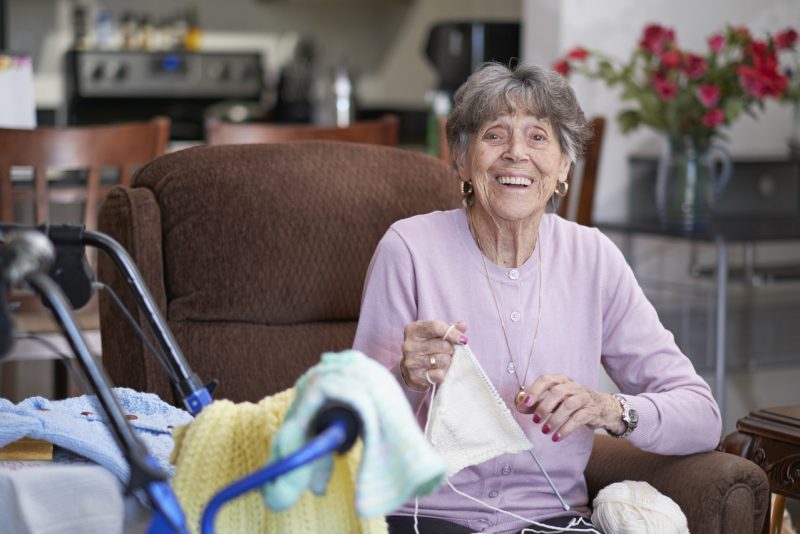
“That’s not a life for me,” Adriana recalls about her shortness of breath and dizzy spells, the result of a surgical valve that was beginning to deteriorate a decade after open-heart surgery. “I could do nothing. I couldn’t walk from here to the door. I was sore on my chest.”
A new surgery was ruled out because of her age and her health. Patients like her are usually then considered for TAVI. The minimally-invasive procedure is done at Royal Columbian and only two other hospitals in British Columbia.
However, TAVI was initially ruled out because the old surgical valve was sitting too close to Adriana’s coronary artery. This made her at high risk of a rare but often fatal complication that would have caused her valve leaflets to block the flow of blood during the procedure.
That’s when interventional cardiologist Dr. Albert Chan and cardiac surgeon Dr. Daniel Wong decided to consider BASILICA – a technique they had been learning about over the last couple of years.
“An article came out in the spring of 2018,” explains Dr. Chan. “I contacted one of the co-inventors of the procedure to see if I could visit and observe this. Then we decided let’s start doing it too.”
“We’re really happy we can offer this to our patients, because it is something quite potentially big for them,” says Dr. Wong, who travelled to Toronto to observe a case before teaming up with Dr. Chan to perform BASILICA at Royal Columbian.
Patients who benefit from BASILICA are identified during a CT scan before they are scheduled for their valve replacement. During BASILICA, the valve leaflet is split in the middle before a new valve is implanted. This prevents the blood flow from being blocked during a TAVI procedure.
“The idea is that by using a catheter approach, tearing and lacerating the leaflet that potentially could occlude the blood flow, you open up a gap to allow the blood to continue to perfuse the coronary arteries after the transcatheter valve implantation,” explains Dr. Chan.
“It’s like doing surgery on the inside,” says Dr. Wong, “using the exact same tools we have for surgery, combined with the tools we use for TAVI and in the cath lab. It’s bringing these two specialties together and doing something that’s quite unique.”
Adriana was keen to proceed and became the second patient to undergo this new approach at Royal Columbian, which is the first hospital in BC to use BASILICA. Adriana spent one night in hospital then returned home.
“100% better,” she says. “I couldn’t believe it. When they said you can go home, my goodness! I can say it 100 times over. It’s so great, and I am so grateful.”
